Motorcycle Maintenance for Safety
The first step should always be to wash the bike. You just can’t work on a dirty bike and it gives you the opportunity to find faults. Older bikes used to vibrate stuff off. While newer bikes aren’t as susceptible, you can’t predict the extent of neglect. Loose nuts and bolts, nails in the tire, and missing brake levers are good catches during a cleaning.
Motorcycle tires are designed to operate over a very small pressure range. The sportier the tire, the narrower the range. Tires will always lose air over time. Tire pressure relates directly to tire operating temperature. The lower the pressure, the hotter the tire runs and the faster it will wear. If a tire is too hard (too much pressure) it will run cooler but on a much smaller contact patch. Also not good. The key is to find the optimum pressure to balance the stick and mileage. Monitor the pressures weekly to stay there. An old guideline was the 10% rule. If your cold tire pressure was 30 psi and the hot was 33 psi you were good. If it was 36 psi hot, you need to bump your cold pressure.
Tire condition is another key factor. Lots of treads aren’t great if the tire is 10 years old. Rubber hardens with age and traction decreases. Underinflation can cause the tire to whoop out causing high and low spots. Traction will be compromised.
Brakes… only slow you down. Perhaps appropriate in racing but a vital function on the street. It’s a good idea to do a visual inspection of pads and discs. If you have drum brakes the arrow on the actuating arm will give you some indication of the wear. Like tires, brake pads are only good for so many heat cycles. Their performance will decrease so gradually that you may not notice until you really need them. A lot of brake fluids are hygroscopic, meaning they will absorb water. When that happens, your fluid boiling point decreases and your brakes might get spongy. New fluid every spring is a great idea.
Lubricating fluids are the lifeblood of your machine. Regular attention will extend the life of your bike and indicate the potential of any problems before they occur. If you have a chain, check its tension and condition. Be nice to it and feed it some lube on a regular basis. A broken chain can become a safety concern as it locks the back wheel or leaves you stranded. If the six feet of broken chain decide to wrap around your countershaft sprocket you have another expensive problem called cracked engine cases.
A mechanic once told me that there are no bad mechanics, only bad tools. If you are up to your own maintenance make sure you have the right tools. Knowledge can be gained in service manuals, YouTube videos and courses. If not, establish a good relationship with your local service dept and trust your bike to the pros.
